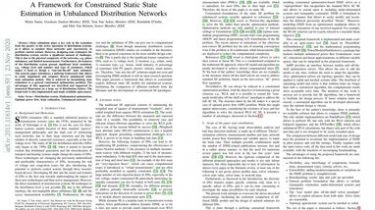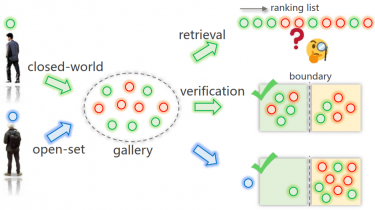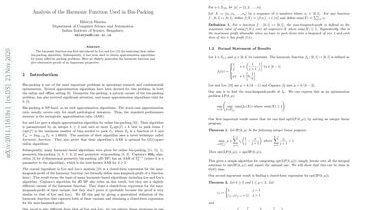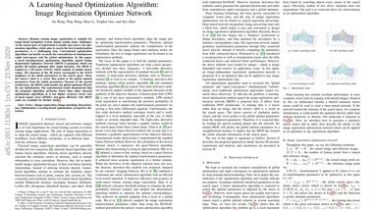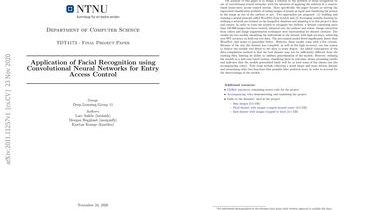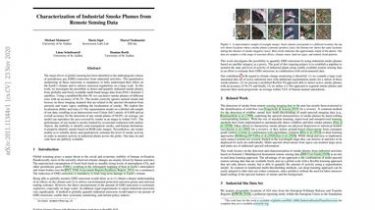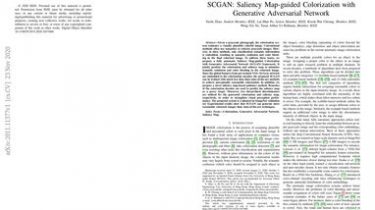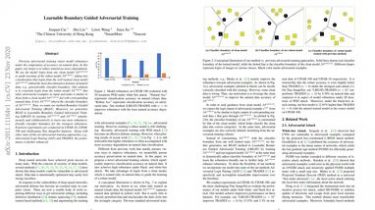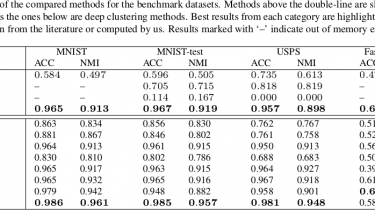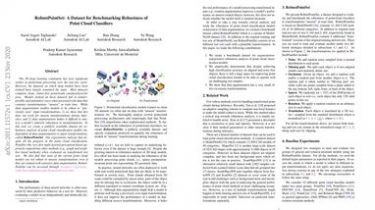A framework for constrained static state estimation in unbalanced distribution networks
State estimation plays a key role in the transition from the passive to the active operation of distribution systems, as it allows to monitor these networks and, successively, to perform control actions. However, designing state estimators for distribution systems carries a significant amount of challenges… This is due to the physical complexity of the networks, e.g., phase unbalance, and limited measurements. Furthermore, the features of the distribution system present significant local variations, e.g., voltage level and number and type of […]
Read more